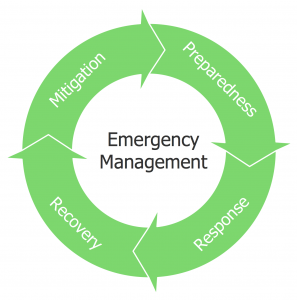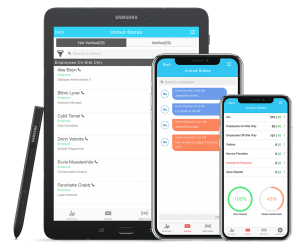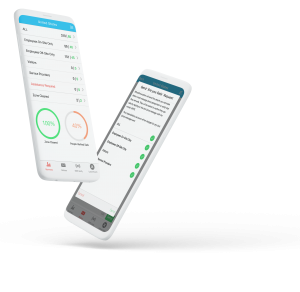When onboarding a new business it’s crucial to put your best foot forward. However, it’s also often a pain point for many property management teams. For one, a lot of emotions are usually at play as different parties with different motivations are involved in onboarding. And secondly, many agencies also lack a clear documented process, creating inconsistent experiences and blurring the lines of accountability.
An effective onboarding process is of course the solution to these issues, but what exactly does it take to create one? Terri Handy of pmXcite shared with us her tips in a recent webinar – from the moment the authority is signed up to when the introduction letter or call by the property manager is made. We summarised each step to give you an overview of what goes on in perfecting an onboarding process.
Continue reading “7 steps to a smooth onboarding process in property management”


